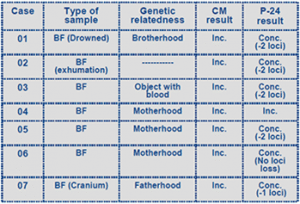Context
Bone fragment is the most common sample used for DNA human identification from carbonized bodies or corpses, for the lack of any other organic material on these evidences. The scarce DNA in these evidences is the main reason why not always a conclusive result is achieved by traditional methodologies for DNA extraction and purification, such as phenol chloroform with Proteinase K digestion. The new methodology based on Precellys®24is a new alternative to achieve conclusive results on DNA extraction and purification, in cases where the sample does not have enough organic material1).
1) Daphne Manuela Toledo, Hemerson Bertassoni Alves; Precellys®24 forensics practice, Curitiba2009 Corresponding Author: Prof. Hemerson BertassoniAlves ( farmacia@up.edu.br)
Materials
- Precellys®24vs conventional method (CM).
- Precellys® kit: 03961-1-002(ceramic beads 2.8mm).
- Sample: ~200 mg of bones fragments first grinded in liquid nitrogen on a freezer mill 6750 (Spex, Certiprep).
- Buffer: 400 µl extraction buffer.
Protocol
- Precellys®24: 5900 rpm, 2x30sec, 15s break.
- Conventional method: overnight incubation at +56°C with 15µl of Proteinase K.
- Phenol-chloroform extraction and DNA purification on Microcon columns.
- DNA analysis tests: amplification by PCR (GeneAmp System), visualization on ABI PRISM 310 analyzer.
Results
Seven samples were analyzed from bone fragments, from carbonized bodies and corpses. In all cases, DNA extraction by conventional protocol did not give a good result (15 autosomic loci). In these cases, all results were considered inconclusive. The genetic profile was achieved in six out of seven inconclusive tests, giving a genetic profile positive result of 85,7% of the samples processed on Precellys®24 (Tab.1). Only one case was not concluded, due to the high level of sample degradation. When comparing the traditional methodology, this new method with Precellys®24 is faster, more feasible, reliable and more economical. The vacuum system provides security and stability to the samples. The single tubes avoid the risk of cross-contamination.
Tab.1: Result for each samples studied. CM= Conventional Method, P24= Precellys®24 method, BF= bone fragment, Inc= inconclusive result, Conc.= 1) Daphne Manuela Toledo, Hemerson Bertassoni conclusive result
Customer



